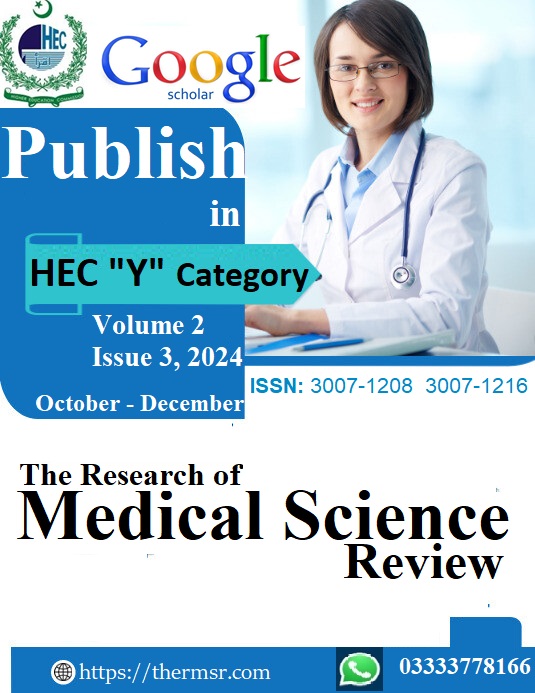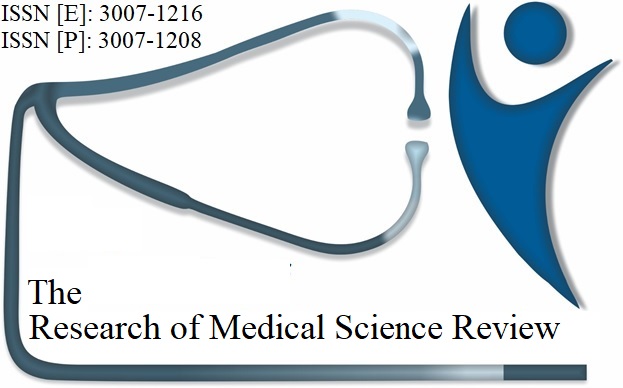VTE PREVENTION IN POSTPARTUM PATIENTS
Keywords:
Venous thromboembolism, postpartum, thromboprophylaxis, LMWH, mechanical prophylaxis, risk assessmentAbstract
Background: Venous thromboembolism (VTE) is a significant cause of maternal morbidity and mortality in the postpartum period. The risk of VTE is heightened due to physiological changes in coagulation, prolonged immobility, and underlying risk factors. Effective prevention strategies, including pharmacologic and mechanical prophylaxis, are essential in reducing postpartum VTE incidence.
Aim: This study aimed to evaluate the effectiveness of VTE prevention strategies in postpartum patients and assess their impact on reducing thromboembolic events.
Methods: This prospective observational study was conducted at the Department of Obstetrics & Gynaecology, Ayub Teaching Hospital Abbottabad from October 2023 to September 2024. A total of 80 postpartum patients at risk of VTE were included. Participants were categorized based on the prophylaxis method received, including low-molecular-weight heparin (LMWH), compression stockings, earlyambulation, or a combination of these strategies. The incidence of VTE was recorded and analyzed concerning prophylaxis adherence and patient-specific risk factors.
Results: Among the 80 participants, 45 (56.3%) received pharmacologic prophylaxis with LMWH, 20 (25%) used mechanical prophylaxis alone, and 15 (18.7%) practiced early ambulation as the primary preventive measure. The overall incidence of VTE was 3.75%, with one case reported in the LMWH group and two cases in the mechanical prophylaxis group. No thromboembolic events occurred in patients who combined LMWH with mechanical prophylaxis. Patients with a history of thrombophilia and obesity had a higher incidence of VTE despite preventive measures. Compliance with prescribed prophylaxis significantly reduced VTE occurrence (p < 0.05).
Conclusion: VTE prevention strategies, particularly combined pharmacologic and mechanical prophylaxis, effectively reduced the incidence of postpartum thromboembolic events. Early risk assessment and adherence to prophylaxis protocols were crucial in preventing complications. Further research is warranted to optimize prevention strategies for high-risk postpartum patients.
Downloads
Downloads
Published
Issue
Section
License

This work is licensed under a Creative Commons Attribution-NonCommercial-NoDerivatives 4.0 International License.














